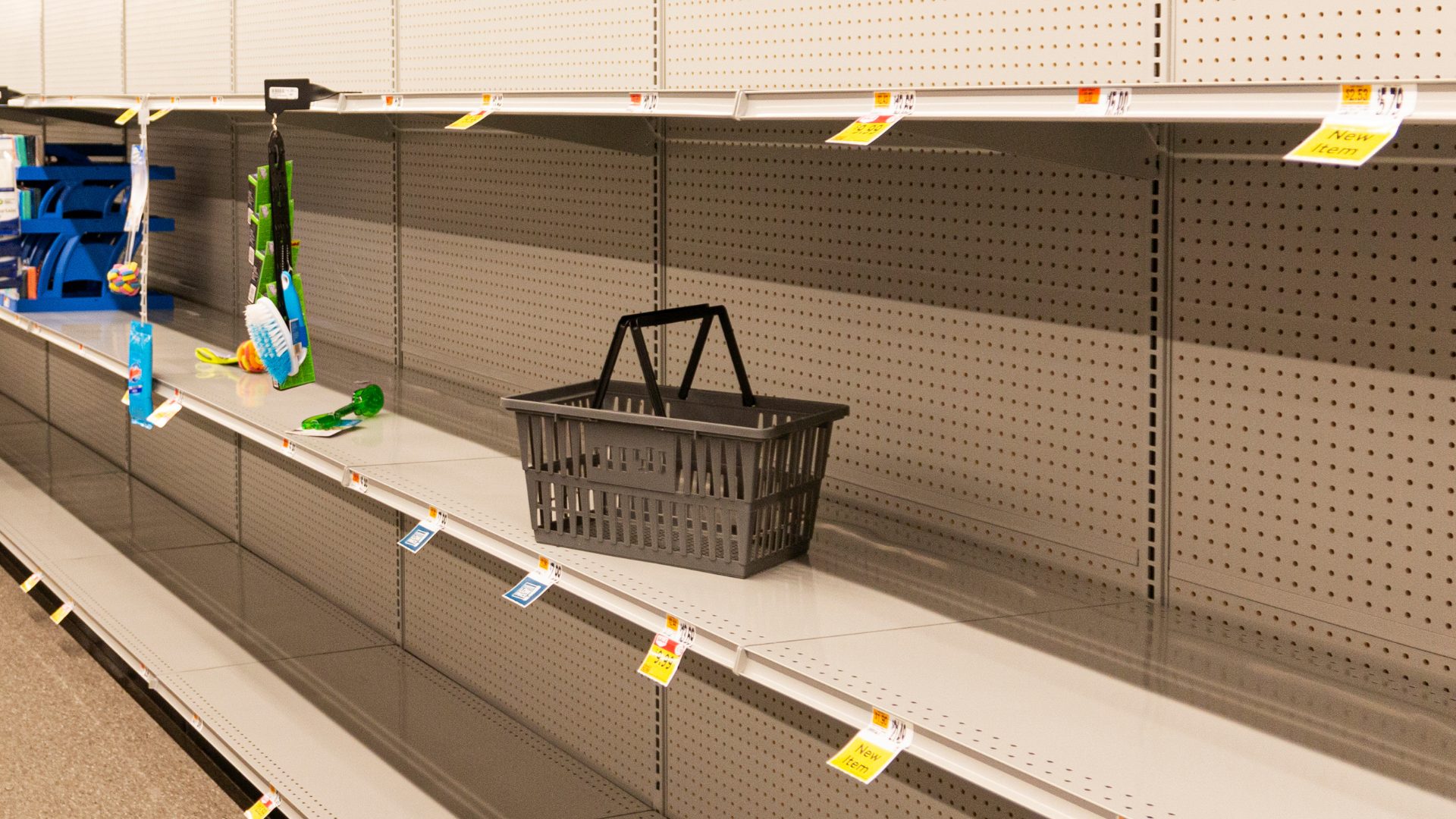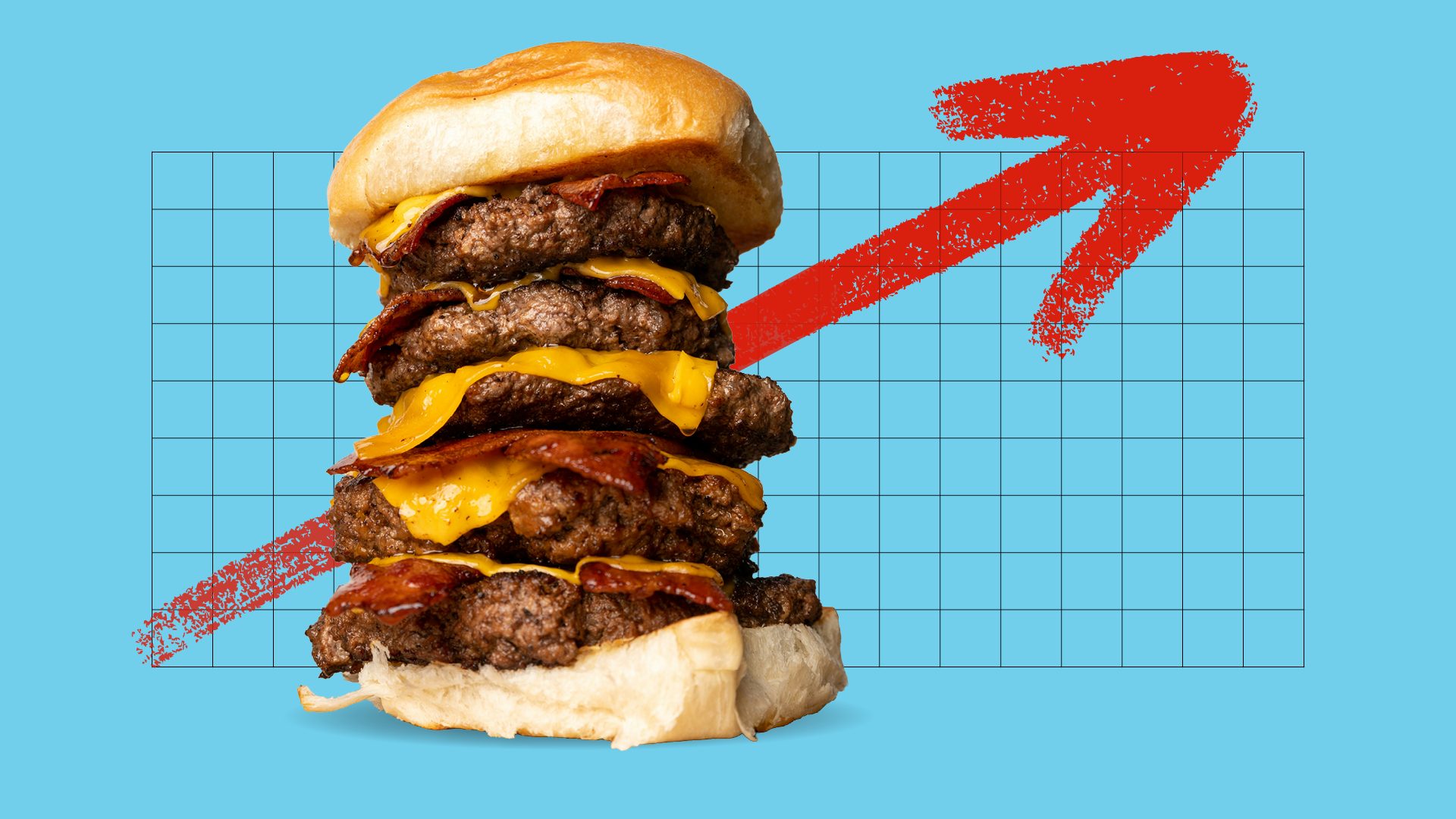Fears are rising among grocers and restaurateurs that labor costs are approaching a tipping point as the latest round of minimum wage increases took effect across more than a dozen cities and states today.
“The reality is that many independent and franchise restaurant operators have already reached the breaking point,” Sawsan Abublan, who founded Shawarma Press, told The Food Institute. “Labor costs have been one of the largest operational expenses, and sustained wage increases without corresponding support (such as tax credits or regulatory relief) has forced businesses to raise menu prices, reduce hours, automate functions, or unfortunately, in some cases, close entirely.”
From Washington, D.C., to Oregon and Washington state, low-wage and restaurant workers are poised to see their hourly rates go up.
Data postings from Indeed indicate the average restaurant worker earns $14.40 an hour plus tips of $55 per day. According to Toast, the average for tipped workers is $2.13 an hour, but employers are required to make up the hourly difference if tips don’t bring that compensation up to minimum wage, which can vary from the federal minimum of $7.25 an hour, to $15 or more in some jurisdictions.
In the District of Columbia, Mayor Muriel Bowser managed to block plans to increase the tipped minimum wage to $12 an hour as scheduled for July 1, arguing restaurants just can’t afford it. The result is a return to the tip credit and a minimum of $10 an hour for restaurant workers.
In Chicago, the tipped wage is being phased out. Tipped workers will see their pay increase from $11.02 to $12.63, the largest such increase in the city’s history, Restaurant Business reported.
The Chicago Tribune reported Chicago’s restaurant scene is in crisis – both budget eateries and fine dining establishments. Rising labor costs aren’t solely to blame, the Tribune noted, but some restaurants have decided to close rather than deal with the death of tipped wages in the city.
“I can’t charge $24 for a burrito,” Christina Gonzalez from Taqueria Los Comales told the Tribune. “My customers won’t come.”
Restaurants in the downtown business district already had been reeling from the lingering effects of the pandemic that have resulted in fewer workers making the daily trek to the office.
A paper submitted by the Goldman School of Public Policy at the University of California found for every 10% increase in minimum wage, grocery prices increased 0.36%. The impact is felt, generally, within the first three months after a hike.
“The long-term viability of the restaurant industry – especially small and mid-size operations – will depend on finding a balance between fair compensation and financial sustainability,” Abublan said.
“Operators can only absorb so much before the cost must be passed on to the consumer or offset through structural changes that impact the dining experience. Consumers, on the other hand, may also be reaching their breaking point soon, as continued price increases could make dining-in or ordering out less accessible or even unaffordable for many households.”
Employment attorney Eric Kingsley told FI, however, businesses need to adapt to a living wage, which he called “fundamental to a healthy labor market.”
“I see these minimum wage hikes – and the move away from tip credits – as steps toward fair compensation for workers. Restaurants and grocery stores may be wary of the effect on profit, but these reforms start to reverse decade-plus pay gaps in low-wage sectors,” Kingsley said.
Here are the areas where minimum hourly wages are set to increase July 1, according to Onpay.com:
Alaska: $11.91 per hour to $13.
California: General minimum wage throughout the state going from a low of $16.50 to a high of $19.90.
District of Columbia: $17.50 to $19.95; tipped wages staying at $10.
Illinois: Chicago: For businesses with at least four employees, $16.20 to $16.60; for tipped employees, $11.02 to $12.62.
Maryland: Montgomery County: For businesses with fewer than 11 employees, $15 to $15.50; for businesses with 11-50 employees, $15.50 to $16; for businesses with at least 51 employees, $17.15 to $16.65.
Minnesota: St. Paul: $12.25 to $13.25 for businesses with fewer than 6 employees; $14 to $15 for businesses with 6-100 employees.
Oregon: $14.70 to $15.05 with exceptions: non-urban counties, $13.70 to $14.05; Portland metro area, $15.95 to $16.30.
Washington: Renton: 18.90 to $19.90 for employers with 15-499 employees or more than $2 million in gross revenue; Tukwila: 20.10 to 21.10 for mid-size employers with 15-499 employees or more than $2 million in gross revenue.
The Food Institute Podcast
Several economic headwinds indicate the consumer is being financially stretched, but we all need to eat – so what are consumers actually buying at the grocery store? Nik Modi of RBC returns to The Food Institute Podcast to discuss channel differentiation, consumer product selection, and other macro trends.












